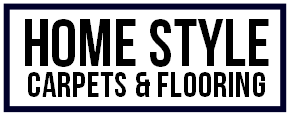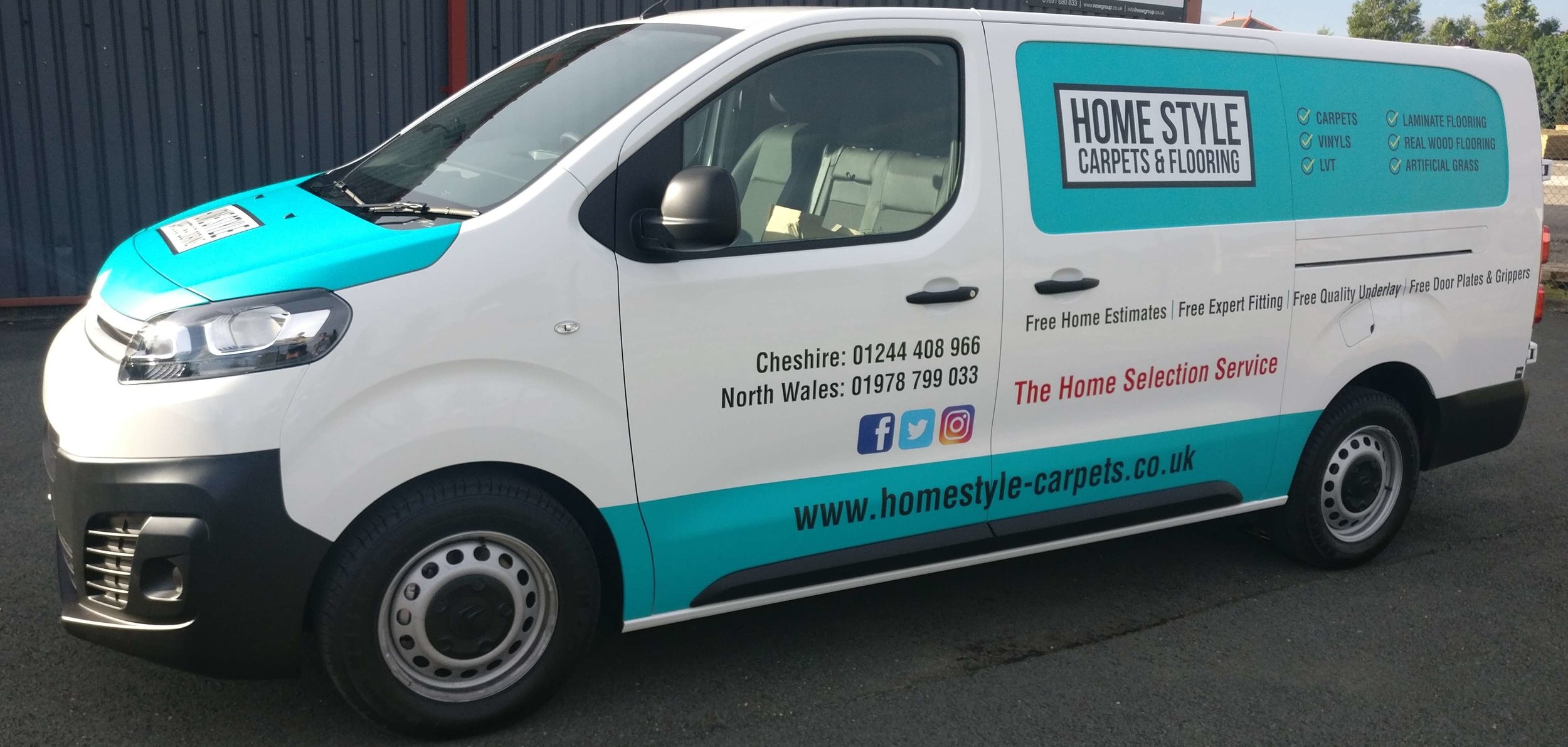Experts recommend the best flooring for home gyms
/Design and architecture experts were asked about creating the ideal home gym and what type of flooring is best.
A well-designed home gym that looks good as well as being functional increases the chances of it being regularly used as a way of keeping members of the household fit. Most design experts agree that the ideal gym should have plenty of natural light and enough space for gym equipment. Add plants for a sense of being connected to nature and hang art on the walls.
Designer Kendall Wilkinson says:
“When it comes to flooring, absorbency is crucial for joint wellness and maintenance, especially for floor workouts like yoga or Pilates. If you have the space, zone a water/sweat-resistant vinyl flooring.”
Architect Rachael H. Grockowski from RHG Architecture+Design recommends softer floors for weightlifting and wood or vinyl for exercises like yoga and Pilates.
Stephen Brockman, a partner of Deborah Berke Partners, says that rubber mats or tiles help dampen noise from impact exercises.
Designer Wendy Word suggests marking the gym area in zones. Vinyl tiles can be laid in patterns that mark distinct areas with layered mats added to eliminate sound.
Many homes already have vinyl flooring in their Chester and North Wales homes, and these are suitable for converting into gyms. Soft carpets are not ideal so should be replaced with a hard floor. Professional gyms use specialist gym flooring materials, but these are not necessary for home gyms that don’t have a high number of users.

